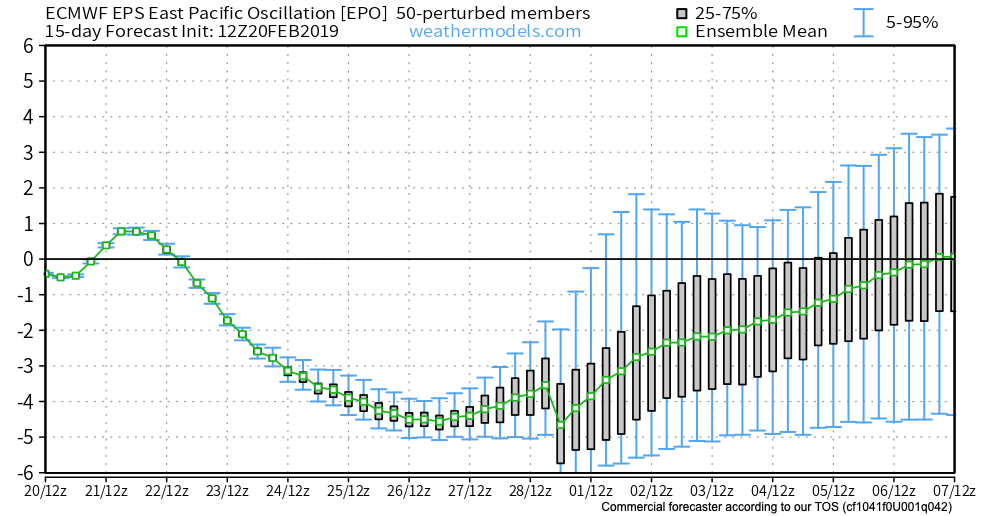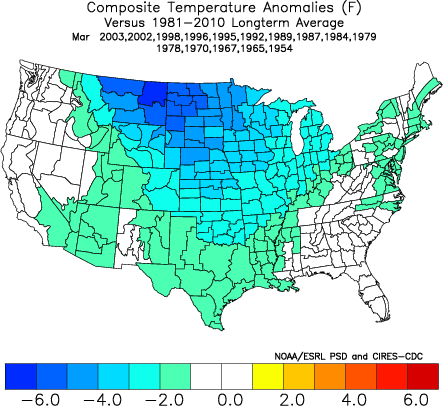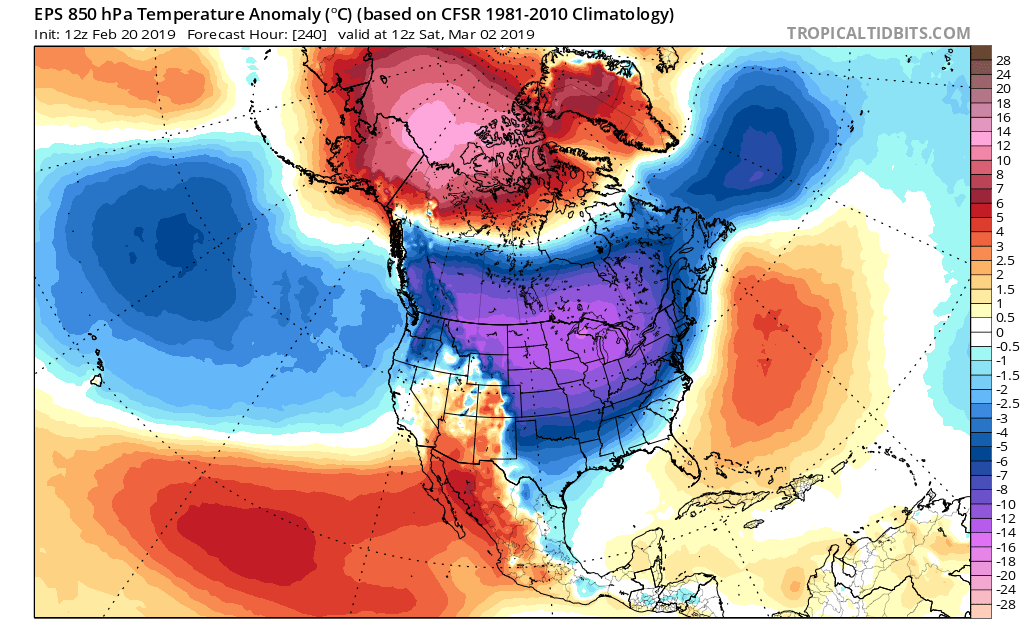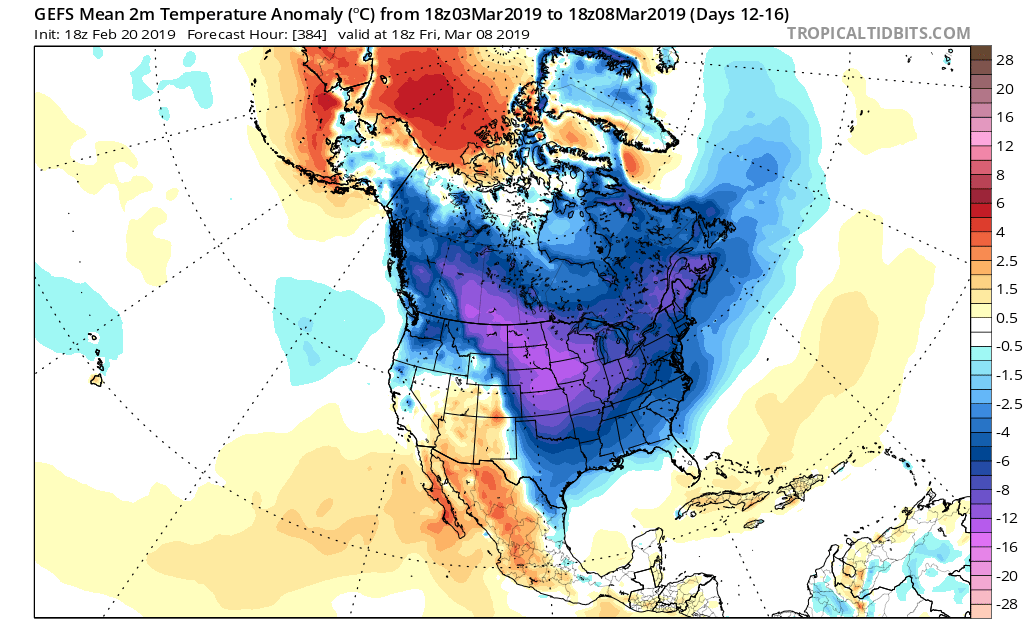You must be logged in to view this content. Click Here to become a member of IndyWX.com for full access. Already a member of IndyWx.com All-Access? Log-in here.
Category: GFS
Permanent link to this article: https://indywx.com/long-range-video-update-changeable-pattern-for-the-2nd-half-of-march-into-april/
Feb 27
All-Access Video: Model Differences On Potential Weekend Winter Storm…
Is a weekend winter storm brewing?
You must be logged in to view this content. Click Here to become a member of IndyWX.com for full access. Already a member of IndyWx.com All-Access? Log-in here.
Permanent link to this article: https://indywx.com/all-access-video-model-differences-on-potential-weekend-winter-storm/
Feb 20
It Was A Case Of Delayed, But Not Denied…
While arriving later than originally expected (recall we originally thought the cold, wintry pattern would start on the 18th), it sure appears as if this was a case of “delayed, but not denied.”
The latest GFS and European ensembles are keying in on a significant pattern change as we put a wrap on February and open March. (Looks like we were about a week early in jumping on the cold bandwagon).

First and foremost, there’s excellent overall agreement amongst data (increases confidence significantly during the medium to long range period).
Days 1-5: Southeast ridge continues to dominate during the short-term period and there’s no high-latitude blocking to speak of. This suggests storms will continue to “cut” northwest of the region and place central Indiana in the “warm” sector, with transient, backlash cold/ snow potential.
Days 6-10: Significant changes begin to take place as heights (ridging) builds across AK. This is important as it can help “dislodge” late season cold air (and send it southeast). The SE ridge is also in the process of getting squashed during this period. We’ll likely transition away from the moisture-laden storm systems and replace with faster, overall weaker, systems that will be more capable of producing wintry precipitation.
Days 12-16: A total transformation of the pattern has taken shape since the Day 1-5 period. The new ‘mean’ trough position takes up shop across the East with the AK ridge continuing to dislocate late season arctic air southeast. The GEFS also shows a reflection of a southwest ridge which can be helpful in the overall storm track that could potentially deliver more “meaningful” wintry systems across the OH and TN Valleys as we get into the first couple weeks of meteorological spring.
Side notes: We’ve reviewed the crashing SOI index and this increases our confidence in a much colder pattern developing (typically takes place around 10-12 days after the crash begins). We’ve noted the deeply negative values against the base state which would suggest the cold pattern should continue for some time. We still believe the pattern remains colder than average, overall, through the 1st half of March.
The latest deeply negative EPO adds fuel to the fire in the idea of a cold open to March.


Given this, there should be no surprise to see the cold anomalies showing up on the latest medium-long range ensemble guidance:


It sure appears March will come in like a lion; will it go out like a lamb?
Permanent link to this article: https://indywx.com/it-was-a-case-of-delayed-but-not-denied/
Jan 07
Weekend Threat: Subtle Differences Make All The Difference…
We wanted to take a quick opportunity to discuss the weekend snow threat. While certainly on the table, it’s far from etched in stone. We note the models doing their usual “herky-jerky” moves 5-6 days out. At the end of the day, there’s a notable threat present, but we prefer to watch things unfold over the next few days before beginning to get too excited.
Subtle differences between the European model (image 1) and GFS (image 2) are seen in the handling of the 500mb pattern. The GFS is quicker to phase the upper energy and leads to a more robust system. The European isn’t nearly as excited and instead dampens the energy coming east. These seemingly minute differences can make all the difference when it comes to the sensible weather that may (or may not) impact your weekend plans. If the European is correct, this is a rather non-event, locally. However, should the GFS idea be correct, this will be a widespread Ohio Valley snow event that’ll require gassing up the snow plows…

The European model weakens the energy coming east needed to fuel a more substantial storm Friday into Saturday.

The GFS model bundles the upper energy and phases things- leading to a more significant wintry threat by Saturday.
Stay tuned as we’re still a few days out from having confidence needed to begin to sound the alarm.
In the longer range, tonight’s data continues to head in the direction where winter will make up for lost time to close January and head on into February. Delayed, but not denied…
Permanent link to this article: https://indywx.com/weekend-threat-subtle-differences-make-all-the-difference/
Dec 26
Rain Arrives Tomorrow…
You must be logged in to view this content. Click Here to become a member of IndyWX.com for full access. Already a member of IndyWx.com All-Access? Log-in here.
Permanent link to this article: https://indywx.com/rain-arrives-tomorrow/

